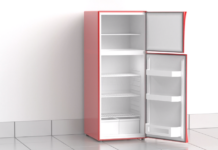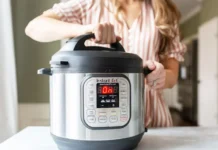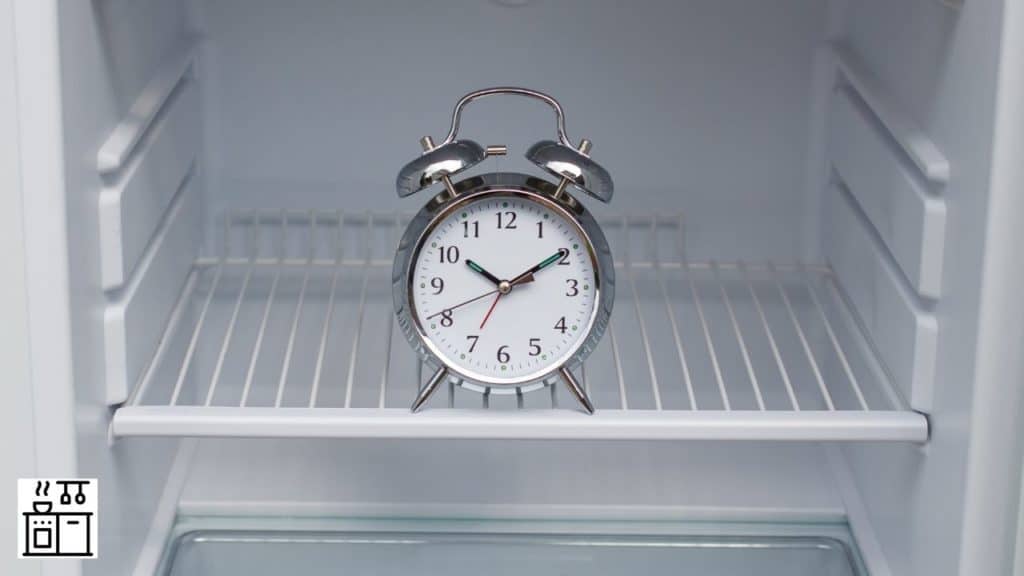
People out there like to purchase goods in bulk because it saves them money and time. The majority of these foods are perishable and must be kept at the appropriate temperature. Low temperatures, according to the study, help prevent the development of dangerous bacteria, reducing the chance of spoiled groceries.
So, how long would it take for a refrigerator to get cold? Well, here is the information you’ve been browsing for.
How To Tell If Your Fridge Is Sufficiently Cool to Keep Food?

The average temperature inside the refrigerator should be 40°F, as per the US Food and Drug Administration. The freezer, on the other hand, must be kept at a temperature of 0°F. This is the optimum temperature that keeps everything stored inside the refrigerator fresh, and free from contamination.
How can you determine when the refrigerator is cool enough to keep food? Some refrigerators have panels that indicate the temperatures inside the refrigerator, which are extremely useful.
If your refrigerator lacks this feature, you’ll need to buy a refrigerator thermometer to measure the temperature inside the fridge and freezer. A fridge thermometer is useful when you’ve just turned on your refrigerator and are waiting for it to cool down.
You could also use the device to determine the temperature within your fridge on a regular basis to determine if it’s working properly. If you don’t have a thermometer, the best thing you can do is wait a few hours to see if the fridge has cooled down enough.
Time Taken By The Refrigerator To Get Cold
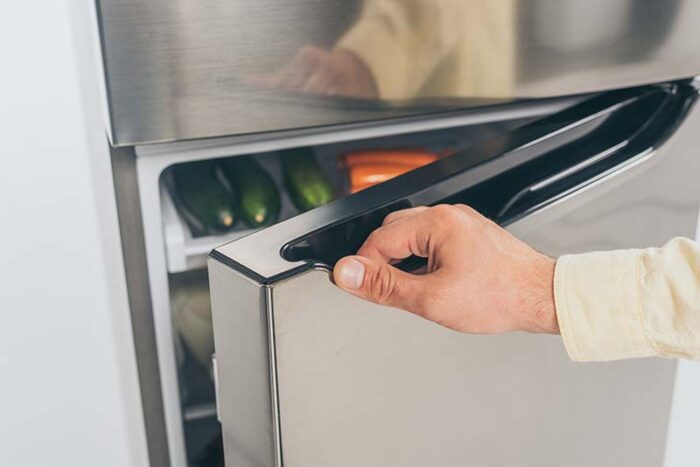
The pace with which a refrigerator cools down is determined by several variables, including the refrigerator’s construction and how much food you’ve stored in it. Most refrigerators have the same basic construction – a heat-pump-like cooling system. This implies it can take heat from one place and discharge it somewhere else.
When you just set up your refrigerator, the base will be the coldest, and it’ll get warmer as you go up. That’s because the refrigerator’s cooler air pushes down while the warm air is drawn up.
The refrigerator must be able to extract heat from the food kept inside to get cool enough. This is dependent on the refrigerator’s size, brand, and weight. Different brands have varying cooling capabilities, although the difference might be as little as a few minutes.
Typically, a refrigerator takes three hours at the very least and up to 24 hours to reach the optimum temperature. The ideal temperature for food preservation or supplies is for the sections to achieve 40 degrees and for the freezer to achieve 5 degrees.
Initial Cold Condition of A Refrigerator
When the refrigerator is turned on, it will be at room temperature. Since it extracts heat from the plastics, insulation, and metal interior, a frost-free refrigerator often takes 4-6 hours to achieve the desired temperature.
The freezers are the first to cool, followed by the other sections. Most refrigerators require at least 24 hours to reach their regular operating temperature. Investing in a refrigerator with a digital LED panel can save you a lot of time by displaying the temperature at which the refrigerator is currently operating.
Most refrigerators come with either a label or user handbook that contains all of the information, and you can read it before making any decision.
What Could Be The Reasons Behind Your Refrigerator Not Cooling Enough?
A refrigerator that does not reach the proper temperature is inconvenient. It implies your food will spoil more quickly, resulting in waste or even food poisoning. Some of the reasons why your refrigerator isn’t cooling properly are listed below.
-
Filthy Condenser Coils
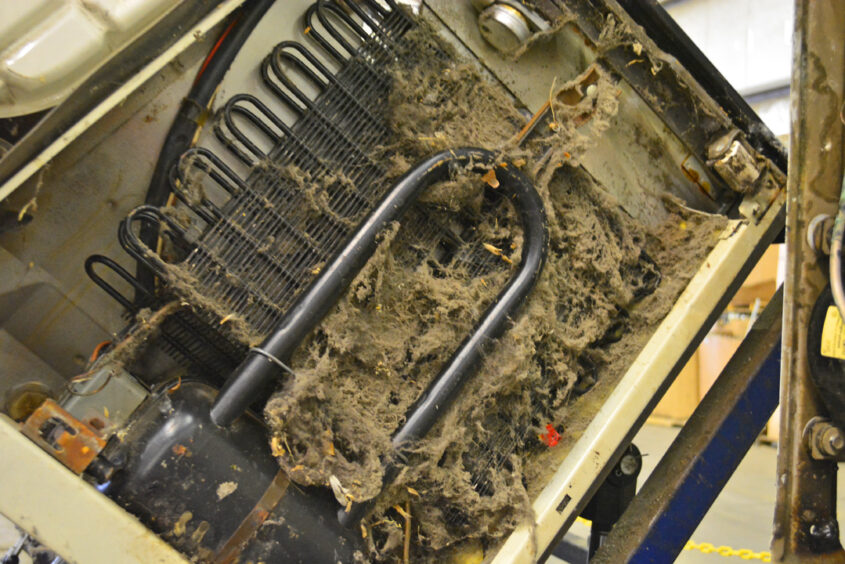
The condenser coil’s job is to disperse heat as the refrigerant or the cooling fluid travels through them. Based on the model of the refrigerator, they are normally found behind or beneath it.
Whenever the condenser coils get unclean or clogged, they are unable to adequately dissipate the heat. As material accumulates on your refrigerator’s coils, it gets less efficient.
As a result, your refrigerator has to work more to cool down or run at marginally greater temperatures. Your refrigerator will be unable to maintain the proper temperature if the condenser coils become excessively filthy.
Check your condenser for debris build-up regularly. To keep your refrigerator running smoothly, clean the coils thoroughly using a soft cloth, at regular intervals, or enlist the help of an expert.
-
Putting Hot Food in the Refrigerator
Whenever you keep hot foodstuff in the fridge, the enclosed space heats up quickly. This raises the internal temperature of your refrigerator, putting your food at risk of bacterial growth. Before closing and putting food in your refrigerator, allow it to cool for a brief time (not to room temperature, as this takes too long).
-
Door Seals That Aren’t Working
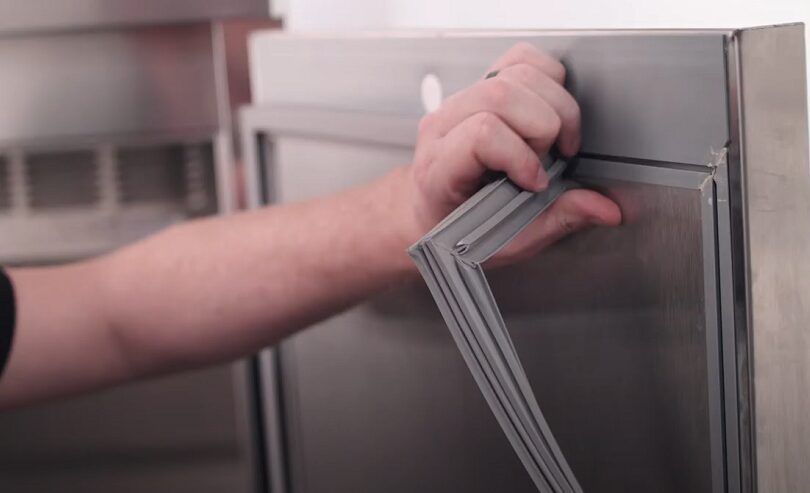
Warm air is kept out and cold air is kept in by the gaskets that are positioned around the edges of your refrigerator door. If there are leaks from any of the seals, cold air can escape.
This will limit your refrigerator’s cooling efficiency, causing temperatures to rise slightly and your fridge will therefore consume more electricity. Regularly inspect the door seals to protect the food inside and avoid hefty electrical bills.
-
Leaving the Door Unlocked
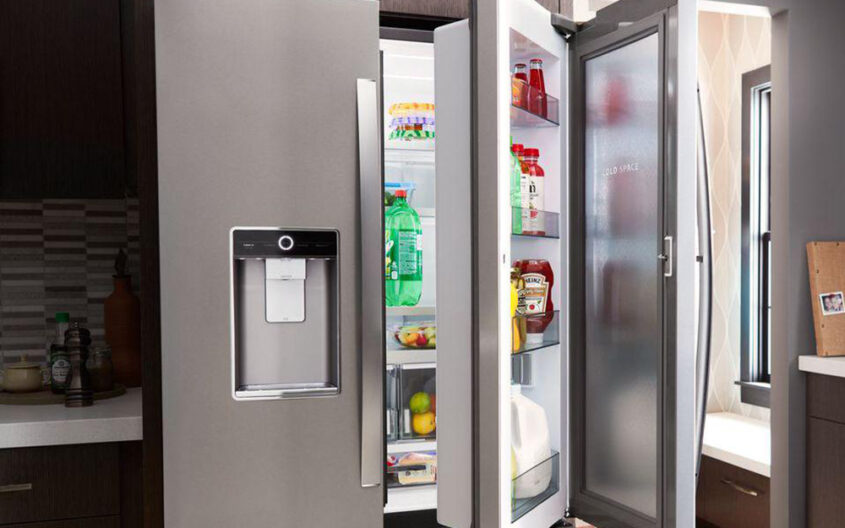
Warm air rushes in and chilly air flows out every time you open the refrigerator door. This makes it more difficult to cool your refrigerator effectively. As a result, stop opening your refrigerator door frequently or needlessly.
Avoid the frequent practice of pondering what to grab while waiting at the refrigerator door. Consider what you want, take it out, and shut the door as quickly as possible
-
Condenser Fan Motor Fault
The condenser fan motor’s job is to pull air in via the condenser coils but over the refrigerator compressor. If somehow the condenser fan motor also isn’t working properly, your refrigerator will not cool effectively.
Check for obstructions on the fan blade to see whether the condenser fan motor seems broken. You can turn the fan blade by yourself if you want. The fan motor must be replaced when it does not spin freely. You can do it yourself or hire a professional.
-
Inadequate Air Circulation
If the cold air in your refrigerator cannot circulate, all sections will not be evenly cool. Food objects frequently obstruct vents, preventing cold air from circulating. Organize your refrigerator so that food doesn’t get in the way of airflow.
-
Evaporator Fan Motor Fault
In most cases, the evaporator is found in the freezer section. There could be more than a single evaporator in some freezers. The air is drawn in over the cooling coils by the evaporator fan motor, which then distributes that throughout the freezing section and refrigerator divisions.
If the evaporator fan fails, the cold air in the refrigerator compartment will not circulate. Your freezer may remain cool in this situation, but your refrigerator will not. If the evaporator fan blade somehow doesn’t revolve easily when turned by hand, the fan motor may need to be replaced. Also, if the motor is unusually noisy, it should be replaced.
-
Thermostat Issues
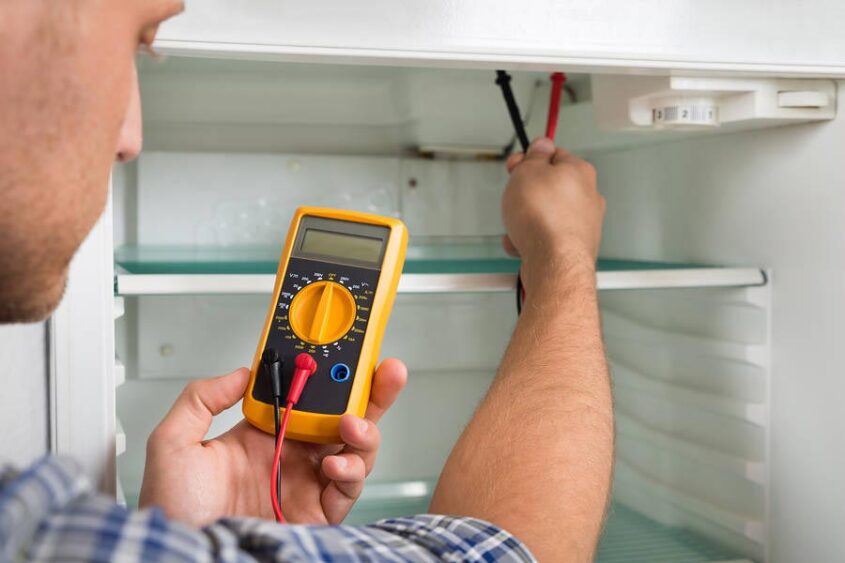
The thermostat sends power to the compressor, the evaporator, and the condenser fan motors (if applicable). If the temperature thermostat is broken, the refrigerator’s mechanism may not work.
Turn the thermostat from the lowest to highest preset and listen for a clicking sound to see whether it’s broken. If the thermostat clicks, it is most probably not malfunctioning.
-
The compressor that isn’t working properly
The compressor is indeed the pump that compresses and circulates the refrigerant via the condenser as well as evaporator coils. If the compressor fails, the refrigerant can not cool.
As a result, your refrigerator will not get cold. This is, however, quite uncommon. Before selecting to replace the compressor, inspect all of your refrigerator’s typically problematic components, or contact the company from where you purchased the fridge.
How Long Does It Take For A New Fridge To Get Cold?
If you recently purchased a new refrigerator, you should first plug that in and allow for it to reach full operation before loading it with groceries.
New refrigerators have an average cooling time of 12 hours. However, depending on the product, kind, size of the refrigerator, and a few other parameters, it could range from 2 hours to 24 hours.
It is recommended to make your selection a few days ahead of time if you want a new refrigerator delivered to your home. If the refrigerator takes forever to get cold, this method will reduce food waste to a minimum.
Final Words
These days, almost no home is complete without a refrigerator, and learning when and how to operate one is crucial. The temperature and cooling capacity of a refrigerator are influenced by several factors, including the refrigerator’s brand and model.
Knowing all of these, including the plausible faults that might occur due to various circumstances, can help you in maintaining your refrigerator’s health in the long run!

